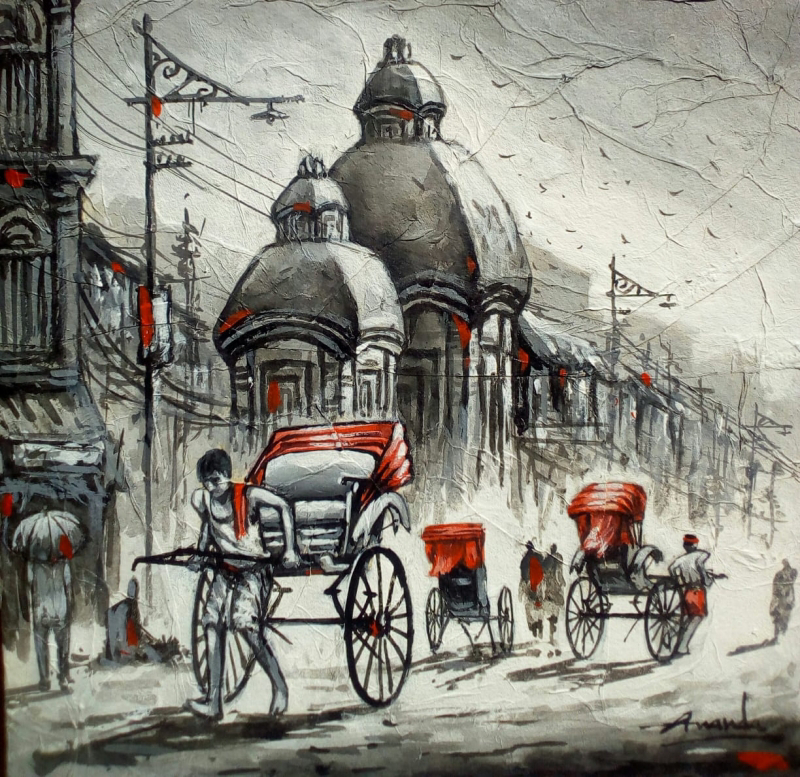Myrna Loy, an American actress renowned for her work during the Golden Age of Hollywood, once opined, "They say the movies should be more like life; I think life should be more like the movies."
Myrna Loy, an American actress renowned for her work during the Golden Age of Hollywood, once opined, "They say the movies should be more like life; I think life should be more like the movies." This statement, albeit simple, carries profound implications, especially when considering the cultural and social landscape of the early 1930s.
The early 1930s were a period of significant upheaval and transformation, marked by the Great Depression. Amidst economic hardships and societal challenges, cinema emerged not just as a form of entertainment but as an escape for many. Movies of that era often depicted a reality far removed from the day-to-day struggles of the average person, offering a glimpse into a world of glamour, romance, and adventure. Myrna Loy's career, particularly through characters that embodied wit, charm, and a nonchalant elegance, became synonymous with this cinematic escapism.
Her assertion invites us to reconsider the relationship between art and life. On one hand, art mirrors life, capturing its complexities, its triumphs, and its tragedies. On the other hand, art, especially cinema, has the power to shape perceptions, influence emotions, and inspire actions. Loy's perspective suggests a yearning for a reality infused with the beauty, drama, and heightened emotions characteristic of the silver screen. It speaks to a desire for life to embody the clarity of narrative, the intensity of emotion, and the unequivocal resolutions often found in movies.
This perspective does not merely advocate for a life shrouded in fantasy or devoid of reality's challenges. Instead, it calls for a reimagining of life's approach, suggesting that the qualities that make movies compelling—such as their ability to evoke empathy, to stir the imagination, and to catalyze change—could, and perhaps should, be more present in our daily experiences. It is a call to view life not as a series of random events but as a narrative rich with potential for meaning, growth, and transformation.
Furthermore, Loy's statement subtly critiques the often-dismissive attitude toward movies as mere entertainment. By elevating the status of cinema to something life itself could aspire to, she champions the art form as a potent tool for reflection, inspiration, and even social change. Movies, in their idealized portrayals and dramatic storytelling, can offer visions of what life could be, pushing the boundaries of our imagination and encouraging a more vibrant, empathetic, and engaged approach to living.
In today's context, where the lines between reality and entertainment increasingly blur, Loy's words resonate with renewed relevance. In an age dominated by social media and reality television, where the curated and the authentic intermingle, her perspective invites us to critically reflect on the narratives we consume, the realities we aspire to, and the ways in which art continues to shape our understanding of life.




Comments
Post a Comment